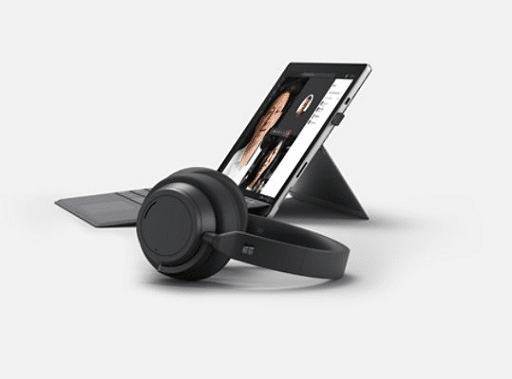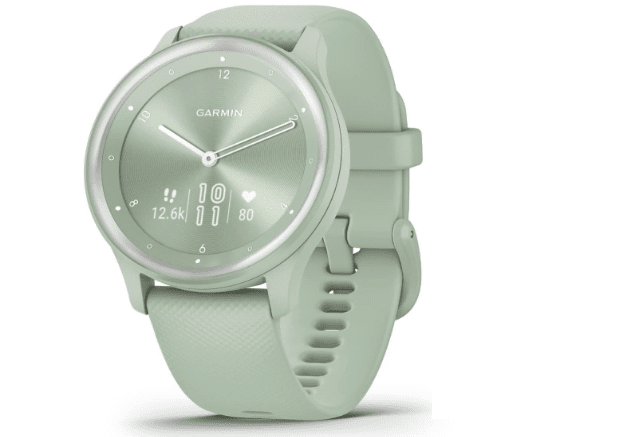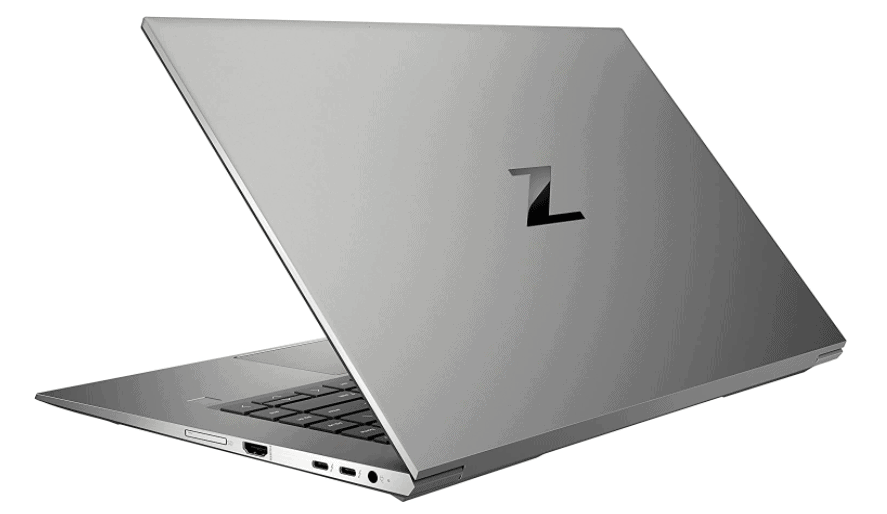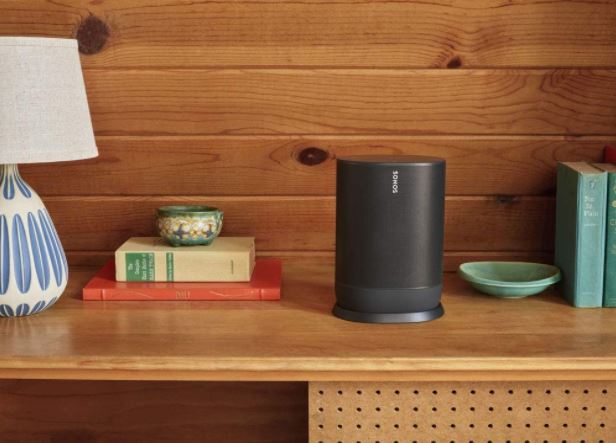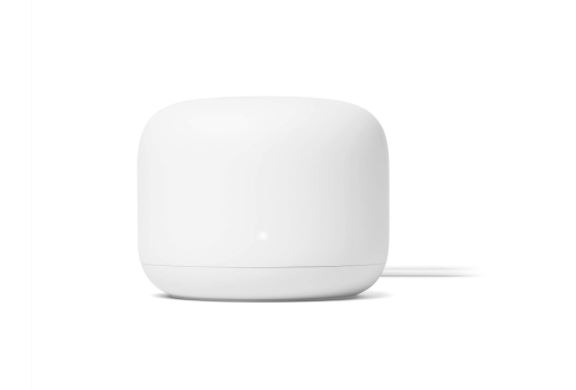GoPro has ruled the action camera scene for as long as it has existed, despite being challenged but never defeated. The GoPro Hero 10 Black exemplifies why this product line has been so successful. I will just say it: this is unquestionably the best action camera on the market right now, as well as the greatest action camera ever.
If you are going to buy a new action camera, this is almost certainly the one to get. The real question here is whether existing GoPro owners of the Hero 9 or even the Hero 8, will find the tenth generation to be a compelling upgrade.
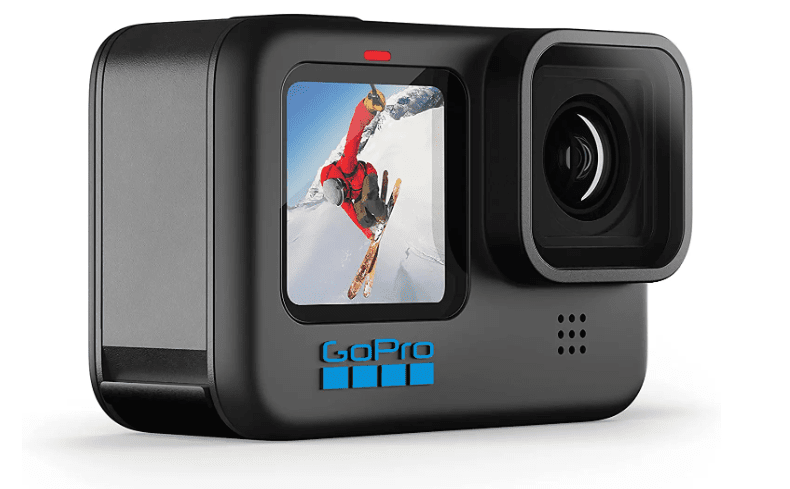
Design
When you compare Hero 9 Black and Hero 10 Black, the only noticeable difference is that the logo is now blue. Aside from that, it has the same selfie screen on the front and the same touchscreen that spans nearly the entire back face of the camera. It has the same excellent weatherproofing and ruggedness as the previous model, as well as the same fold-out mounting bracket, power and mode button placement, and battery/microSD card compartment.
This is actually a good thing, as I don’t see how it could be improved, and it allows the Hero 10 Black to work with all of the accessories that were compatible with its predecessor. This includes the GoPro Media Mod and the Max lens mod, though compatibility with the latter will have to wait until the November 16, 2021 firmware update.
Despite its similar appearance, the Hero 10 lens cover has received a few significant upgrades that I really appreciated. The glass is now more scratch-resistant and less prone to ghosting, and it has a hydrophobic, water-shedding coating that made for much clearer shots when I took the camera swimming.
I have to give GoPro major props for its packaging, which is plastic-free and includes a rather nice travel case. It’s clear that much thought went into waste reduction, which is both good for the environment and saves you from having to dispose of a mountain of unnecessary garbage.
You may also like DJI Osmo Action: 4K Action Cam 12MP Digital Camera
Performance
The most important aspect of any camera is the quality of its images and/or video. In most ways, the Hero 10 outperforms the competition. The Hero 10’s improved image quality is due to its new GP2 processor, which allows it to fully utilize its 23MP sensor. The Hero 9 had a still photo resolution of 20MP and a video resolution of 5K at 30 frames per second (fps). The Hero 10 can take full 23MP still photos and 5.3K video at up to 60 frames per second.
Though the resolution increase is imperceptible in practice, the 60 fps video capture is a significant improvement. It means that slow motion can now be achieved at resolutions higher than 4K. It’s debatable whether 5.3K is even useful for most videographers, but one thing to keep in mind is that if you shoot at 5.3K, you can get 15.8MP stills from the video (19.6MP stills with 5K). I was pleased with these stills, which I thought were a significant improvement over 4K video stills.
Of course, 5.3K is just the tip of the iceberg in terms of Hero 10’s video capabilities. The most exciting aspect of this camera, in my opinion, is the step forward it represents for slow-motion video at lower resolutions.
In comparison to the Hero 9, the frame rate has not only doubled at 5K but also at 4K and 2.7K. That’s 120 frames per second in 4K and 240 frames per second in 2.7K. With the right subject, this allows for some truly mind-bending footage to be captured, with far more detail than the 1080p slow motion I’m used to seeing from other cameras. The drawback is that there are some artifacts at super-high frame rates, particularly at 240fps.
The new Hypersmooth 4.0 video stabilization is another significant upgrade that has solidified my love for the Hero 10. It’s by far the best digital image stabilization I’ve ever used, and in many situations, it delivered results comparable to a mechanical gimbal. I was able to capture usable footage while riding my bike down a gravel road while holding the camera in my hand, with no noticeable jitters from the rough ground.
Walking with the Hero 10 produced consistent results, but running on a bumpy trail through the forest proved too much for it. The tilt limiter has been increased from 27 degrees to 45 degrees, which means that when enabled, the camera is better able to keep the horizon level.
Though the new, more powerful processor improves performance in low light, there is no escaping the laws of physics. Image quality suffers sharply in low-light situations, though I will say that I found the results to be better than on some other cameras I’ve used with similarly small image sensors.
In terms of audio, I was very impressed. Even on a windy bicycle ride on a busy road, the Hero 10 produced usable recordings. It’s good enough that I intend to use it in the production of my own videos.
I also want to highlight the time-lapse features found in Hero 10. In addition to the more traditional time laps, these include Hyperlapse and Nightlapse. This is one of the most common applications for which I employ action cameras. The Hero 10’s small size and durable, waterproof characteristics make it ideal for leaving out in the elements to capture long time lapses of changing weather or traffic on a city street.
You may also like GoPro Hero 11 Black Action Camera
Connectivity and Software
I’m very impressed with how easily my phone connects to the Hero 10. Simply open the app and turn on the camera, and the two will connect automatically once you’ve enabled all of the permissions on your phone setup. This ease of use increased my likelihood of using the app with the Hero 10. Most other camera companion apps are so inconvenient when it comes to connecting devices that it’s not worth the effort most of the time.
The Hero 10 goes a step further because, with a GoPro subscription, you get free, unlimited cloud storage for photos and videos taken with the device, and the Hero 10 can do this automatically while charging. Simply connect the camera to your home Wi-Fi via the app, and you won’t have to worry about transferring footage from your camera to your computer via USB (though you can do that instead if you prefer, or if you have a weak internet connection). Your footage can be quickly downloaded onto any device once it is in the cloud, assuming a strong internet connection.
Because my home internet connection runs at around 10Mbps on a good day, this capability was more of a tantalizing vision of the future for me than a reality. Automatic cloud storage is a very useful feature for those who have good, modern broadband internet.
Another noteworthy feature is that the Hero 10 can now live-stream in 1080p with Hypersmooth enabled. Because the front display can be used for framing, the Hero 10 is an appealing option for a variety of live-streaming applications.
The Hero 10’s onboard software is responsive and simple to use, thanks to the touchscreen and mode select button. The new processor speeds up everything from boot-up to menu navigation, and the rear screen runs at higher frame rates, so the live view matches the footage you’re recording more closely.
The Quik app, which includes some very useful editing functions, can also be used to remotely control the Hero 10. I honestly preferred some aspects of editing footage on my phone using this app over Adobe Premiere on my PC.
You may also like Benefits of Endzone Camera System
GoPro Hero 10 Battery
When I first started using the Hero 10, I was surprised at how quickly the battery ran out. A brief session with it depleted the majority of the battery, but this must be considered in the context of the device. I use action cameras to record short clips, usually less than a minute long, and despite the battery’s remarkably short life, I’ve never felt constrained by it. Even so, you’ll want to have a few spare batteries on hand, especially if you intend to shoot in 5.3K or at high frame rates.
GoPro Hero 10 price and availability
With an MSRP of $499, the GoPro Hero 10 Black appears to be quite expensive, especially given that it is $50 more than the Hero 9 launched for a year ago. However, if you sign up for a GoPro subscription, GoPro’s unique pricing model helps to significantly reduce this. The total cost of the subscription is only $399, which is much easier to swallow, and you get to enjoy all of the benefits of the GoPro subscription for a year.
After the first year, that subscription will cost you $5 per month, or $50 per year, which I think is a steal, especially if you have an internet connection capable of handling automatic uploading of high-resolution footage. Other benefits of the subscription include discounts and the replacement of damaged cameras.
For an additional $50, you can get a shorty tripod, magnetic swivel clip, extra battery, and 32GB microSD card with the Hero 10.
CamRojud may earn a certain commission on products purchased via our links, which supports our effort on this content.
Would you like to read more about GoPro Hero 10-related articles? If so, we invite you to take a look at our other tech topics before you leave!







